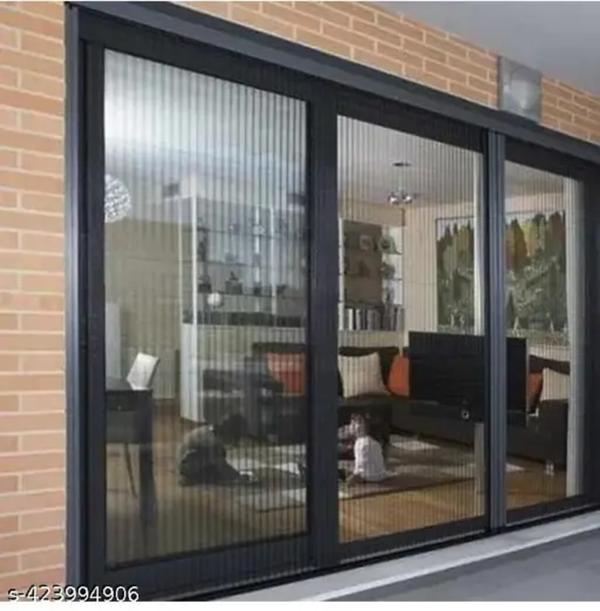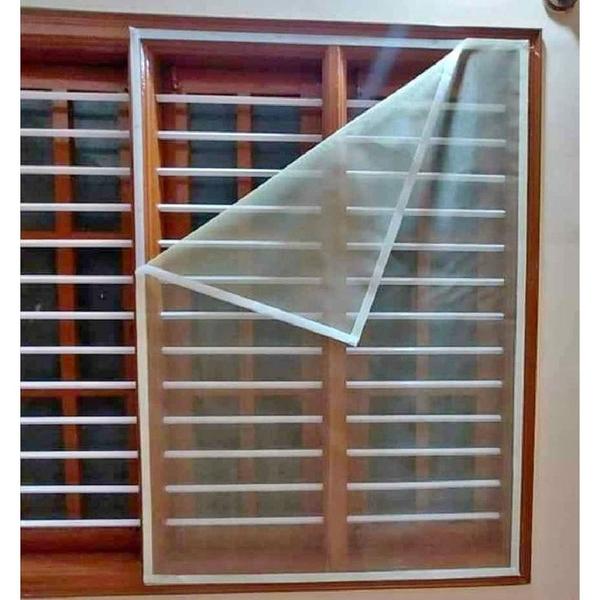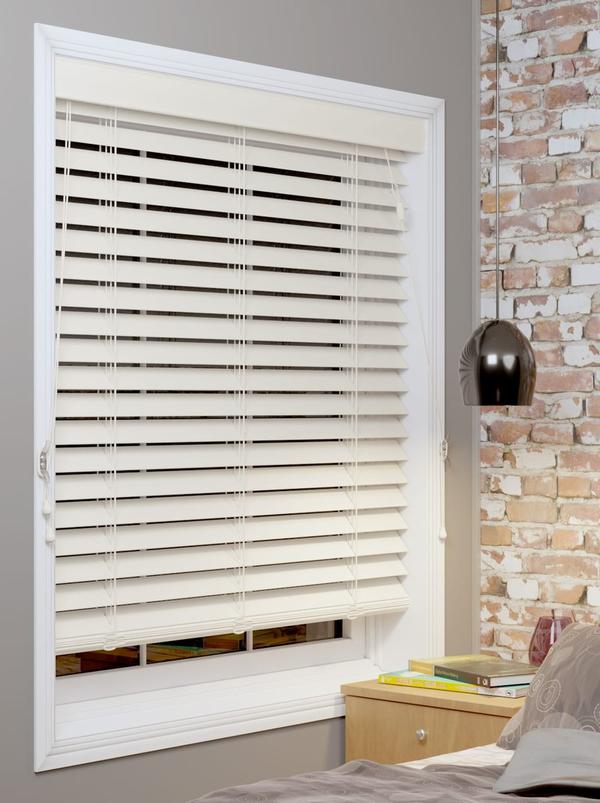Mosquito sliding windows are window screens that move horizontally along a track, like a sliding window. They provide a barrier against mosquitoes and other insects while allowing air and light to enter. These screens are designed to be easily opened and closed, offering a convenient way to ventilate rooms while keeping pests out. Here's a more detailed explanation: Functionality: Sliding mosquito nets are essentially a mesh screen mounted within a frame that slides within a track, similar to a sliding window or door. Benefits: They offer several advantages, including: Insect protection: They effectively block mosquitoes, flies, and other insects from entering a space. Ventilation: They allow for fresh air circulation while keeping pests out. Convenience: Their sliding mechanism allows for easy opening and closing, making them user-friendly. Space-saving: They don't require additional space for operation, unlike some other screen types. Aesthetics: Modern designs can be sleek and blend well with various window styles. Versatility: These nets can be customized to fit different window sizes and types. Durability: High-quality materials ensure they are long-lasting and resistant to wear and tear. Maintenance: They are generally easy to clean and maintain. Cost-effectiveness: They can be a cost-effective solution for insect control, especially when compared to other options like chemical repellents or electronic devices. Eco-friendliness: They offer a non-toxic and environmentally friendly way to manage pests.
Send Message


